
“The artist is a lover of nature: this is why he is her slave and her master” R. Tagore. the great impressionist Claude Monet.
One can argue a lot about the author’s love for the places where he lived, about the landscape that surrounded him near Paris, but the authenticity and natural nature conveyed by the author were characteristic of the units of the period when impressionism was only making its way to culture. Juicy picture of nature with a French accent resembles a corner of childhood. The mirror smooth surface of the river runs off somewhere motley fallen.
The smears of blue paint at the left edge of the water seem a bit strange. Against the background of the rest of the surface, the direction of the strokes sets a different path for the water, doesn’t it? The river like a waterfall rushes down. But the talent of Monet, you can forgive this mistake. Fox-colored spots and intermittent fragments of ocher strokes speak of autumn. Her appearance is reflected here by a very dense letter and a rich palette. The multicolor of still juicy grass is written in small fine strokes of the color of asparagus and apple, in some places it is burnt sienna and camel.
In general, the autumn landscape gives space to the master in the selection of the palette due to the variety of natural shades and accents. Monet took as a basis for this mess of colors. His lonely boat is almost invisible, but its appearance demarcates the planes of water and forest. With the help of stains of cold azure, so beloved by the artist, the canvas was revived and got perspective. The warm foreground naturally became closer to the viewer, and the cold haze of the hill set off the second plan, leading it away from the horizon.
The impression of the palette revived the classic letter that lived for so long in the world of art. The author’s sweeping handwriting is interspersed with the pointillism of certain workplaces, for example, in the place where the juicy orange bush touches the legal edge of the canvas. The idea of working as a whole is blurry – a bright autumn picture, but completely inanimate. For some reason, Claude Monet did not focus on the play of light and glare, the depth of shadows and the contrast of the midtones.
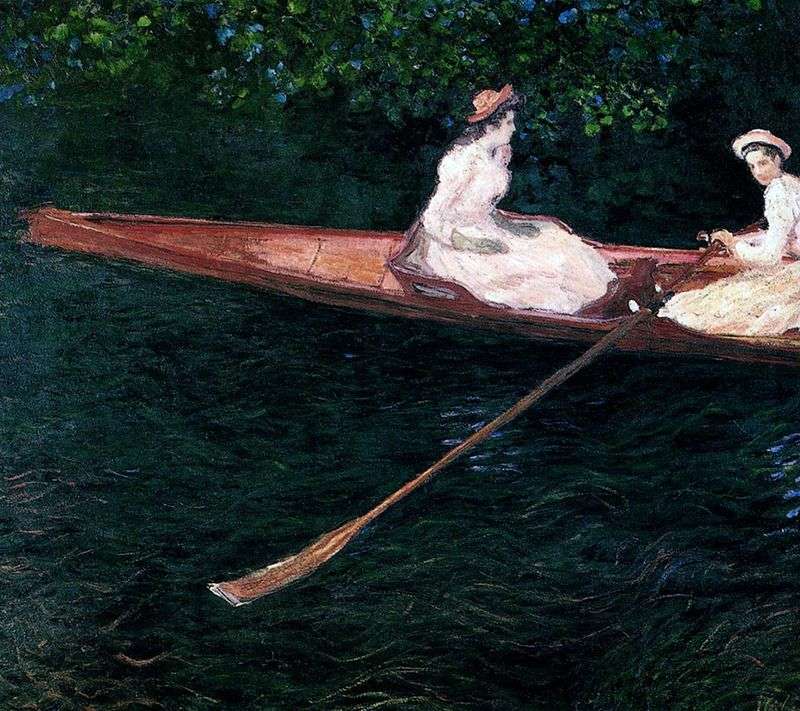 Girls sailing in a boat on the river Ept by Claude Monet
Girls sailing in a boat on the river Ept by Claude Monet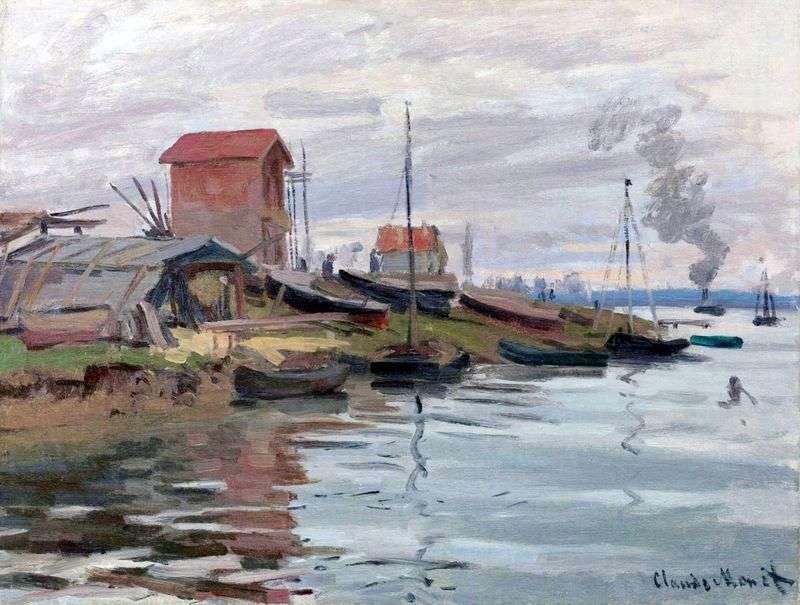 Seine, Petit Genevilliers by Claude Monet
Seine, Petit Genevilliers by Claude Monet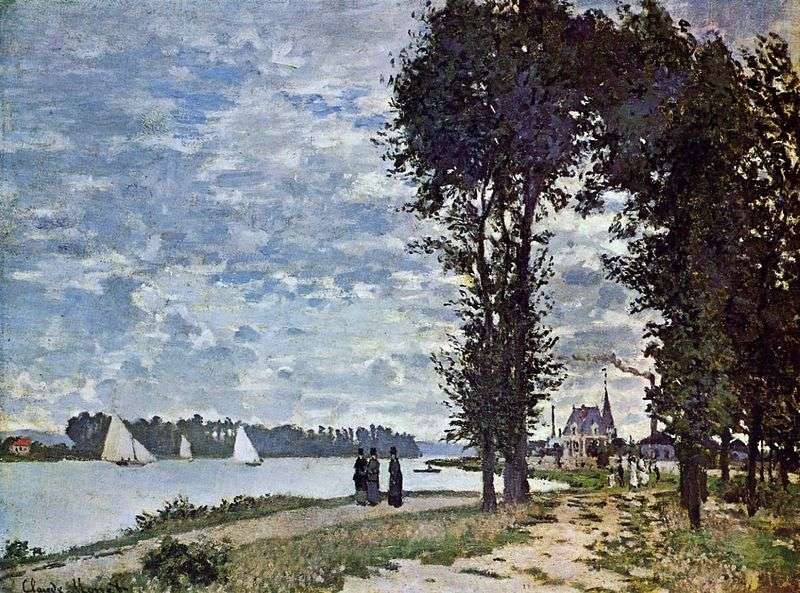 The banks of the Seine, Argenteuil by Claude Monet
The banks of the Seine, Argenteuil by Claude Monet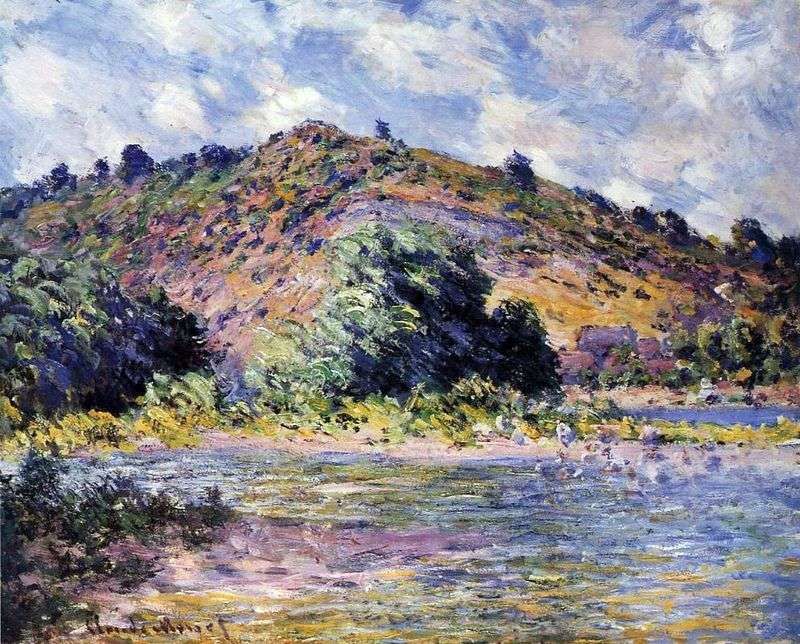 The banks of the Seine, Port Ville by Claude Monet
The banks of the Seine, Port Ville by Claude Monet Studio Boat by Claude Monet
Studio Boat by Claude Monet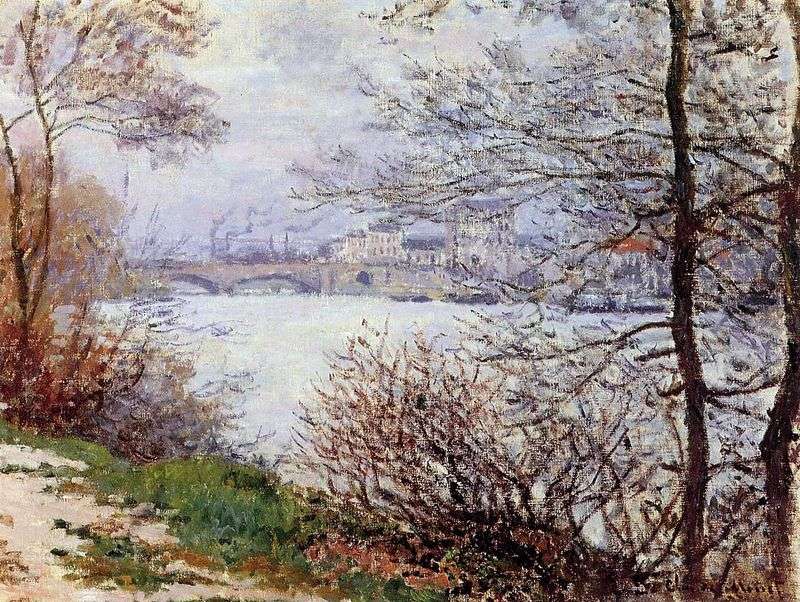 The banks of the Seine by Claude Monet
The banks of the Seine by Claude Monet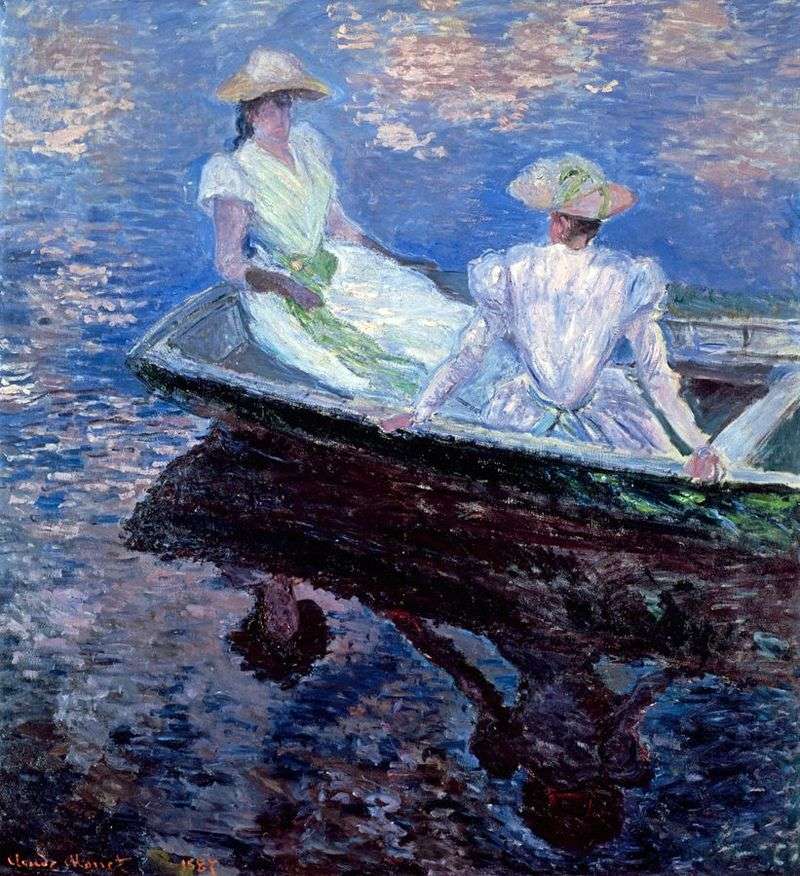 Girls in a Blue Boat by Claude Monet
Girls in a Blue Boat by Claude Monet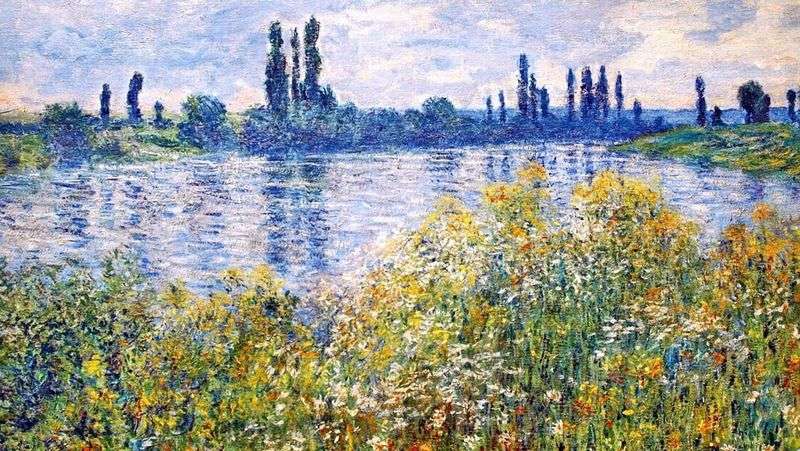 Flowers on the banks of the Seine by Claude Monet
Flowers on the banks of the Seine by Claude Monet